
Coat Of Many Colors
Rebbe Natan of Breslev teaches that we can picture Hashem before us by looking for the good aspects of ourselves and judge ourselves favorably...

Like most people, I became religious because I wanted to believe in G-d’s goodness and to learn how to connect and stay connected to Him as a way of life. I realized that I was on the right track when I was shown that what I was seeking was so fundamental that it was the very first teaching in the Jewish code of law. It said to: “picture G-d before your eyes at all times.”
My question was how?
Subsequently I learned that there was a controversy between two great rabbis about what the law to “picture” G-d at all times means. The great torah commentator, Maimonides compared visualization of G-dliness to idol worship. He said that we are forbidden to make any images of G-d. Thankfully, there was another great rabbi, a contemporary of Maimonides, the Reivad, who said that visualization as an aid to serving G-d is not only permissible but that it would be necessary for future generations to be able to feel a real connection to the Divine.
Quite a few years later, I learned from the teachings of Rabbi Natan of Breslev, the chief disciple of Rabbi Nachman, that the injunction to “picture G-d before your eyes at all times” means to look for the good aspects of ourselves and judge ourselves favorably. It made sense to me that by being nice to myself I had a chance to be connected to G-d who is the Source of all “Nice-ness”. In fact, the need to search for the goodness in 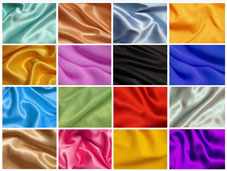 ourselves, and in our lives, was the lesson that Rabbi Nachman said we should have “in our pockets.” He said that we all need to have a deep working knowledge of this lesson, which is lesson number 282 in his masterwork Likutei Moharan.
ourselves, and in our lives, was the lesson that Rabbi Nachman said we should have “in our pockets.” He said that we all need to have a deep working knowledge of this lesson, which is lesson number 282 in his masterwork Likutei Moharan.
With this new understanding, it became less daunting for me to try and connect with G-d by collecting and meditating on anything good that ever happened to me in my life. It had always made sense to me that positive childhood memories didn’t “occur” to be enjoyed for a few minutes and then forgotten all about. I believed that positive experiences were to be remembered, cherished, and utilized throughout life – I just never knew that these were spiritual phenomena.
So I started a list of as many of the good aspects of my life that I could think of and literally carried it “in my pocket,” as Rabbi Nachman had suggested.
Here are a few examples:
When I was four years old I heard from a friend of mine who was five, that “today is the first day of school.” I wanted so badly to go to school that I packed myself a lunch and walked over to the school building. When I got there, I picked a classroom to sit down in and waited with great excitement and expectation. When they took attendance they realized that I was in the “wrong” class so I was brought to the office to see what class I did belong to. There weren’t any computers back then so I remember the principal and his secretary flipping through lots of index cards trying to find my name. They were both dealing with me with great kindness. Finally they concluded that I was too young to be registered for school and called my mother to pick me up. I remember their wide smiles as they wished me well and said “good-bye we’ll see you next year!”
I have reviewed this story in my mind many times because it contains a number of good points about myself that I need to “keep in my pocket” to deal with the challenges of my life today. They include: the excitement to begin something new; the boldness to push hard to achieve a goal; the desire to learn and progress; and the ability to believe that “something” bigger than myself could make my wishes come true.
I can also remember the exhilaration I felt when a heavy snow came. Of course it meant that school would be cancelled and we could stay home with “mommy” and “daddy.” I remember donning my winter gear and helping my father shovel out the driveway and sidewalk in front of our house. It was hard work, but when we finished there was a real satisfaction in seeing how much snow we had actually moved. I recall our friendly neighbor, Mr. Gross smiling at me and calling out: “Zevi, you’re a good boy for helping your father! You did a very good job, Zevi!”
Mr. Gross passed away many years ago, may he rest in peace, but the holy sparks of goodness that he brought into the world in general and into my world in particular are eternally to his credit. Today I can cherish those holy sound bites from the past because they are part of the Goodness with which I’ve been blessed and for which I’m grateful. Those good points became a source of pride in myself for working as part of a team and finishing a hard job.
The warm feeling of being at home with my family on snow days while sipping hot chocolate and bonding together are also counted as “good points” in my life. I remember the achy muscles with nostalgia and gratitude as well. Later in the day, my wet gloves would be finished drying on top of the radiator and I would experience the thrill of slipping those warm gloves on and running outside to build a snowman.
Do you remember how we learned to draw by connecting numbered dots? The happy moments of my past, present and perceived future connect together like numbered dots to form a picture of where I came from, who I am and where I’m heading. No picture can be complete without the “empty” spaces between the dots as well. In time, with G-d’s help, we will all come to understand the important role that those “empty” spaces also played in our lives.
Since all of the world’s Goodness comes from G-d, like G-d Himself, Goodness transcends time and space. As we reclaim the sweet moments that took place with our spouses, children, parents, siblings, best friends, teachers, coaches and comrades in arms; as we go through our yearbooks, photo albums and family videos recalling those who sacrificed themselves for us and loved us unconditionally; as we learn to see the good in ourselves through the eyes of those who loved and respected us; as we relive the events of our lives that made us grow stronger and wiser and achieve more than we thought was possible; and finally when we review the list of our holy sparks so frequently that they meld into a “coat of many colors,” a spiritual garment that “clothes” us at all times, then we can know with pride that we are fulfilling the torah precept to “picture G-d before your eyes at all times.”



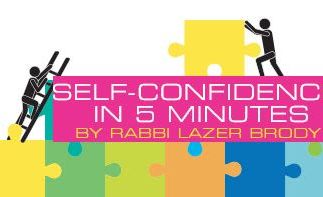

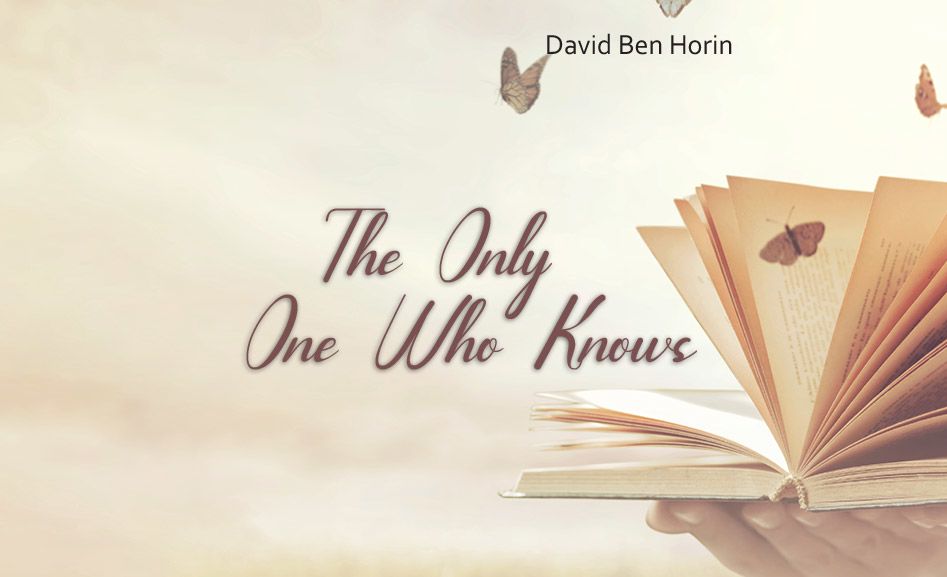

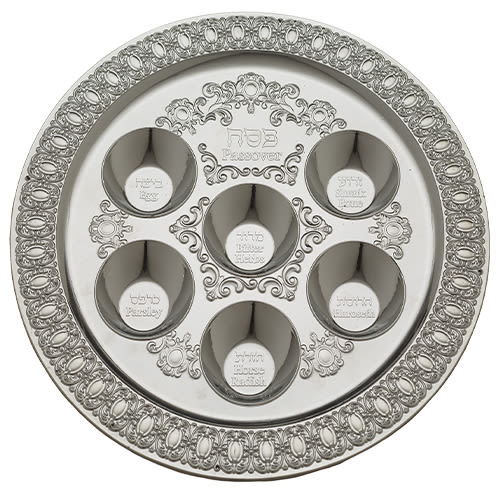



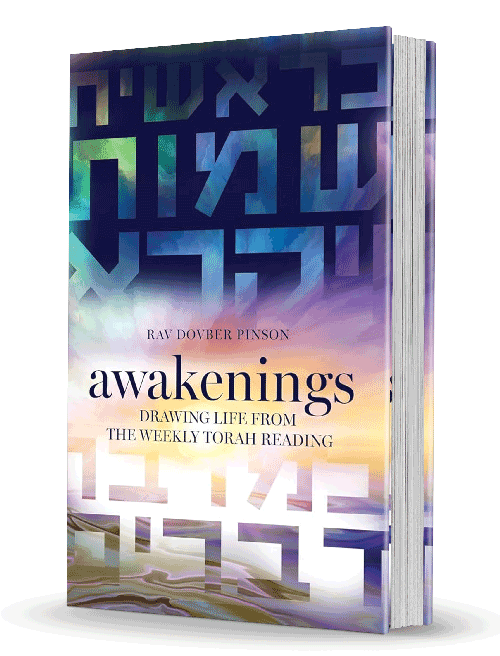
Tell us what you think!
Thank you for your comment!
It will be published after approval by the Editor.